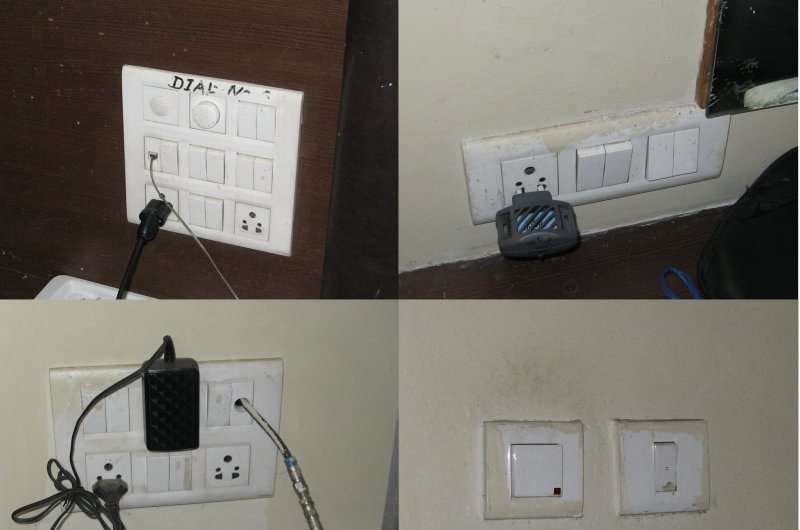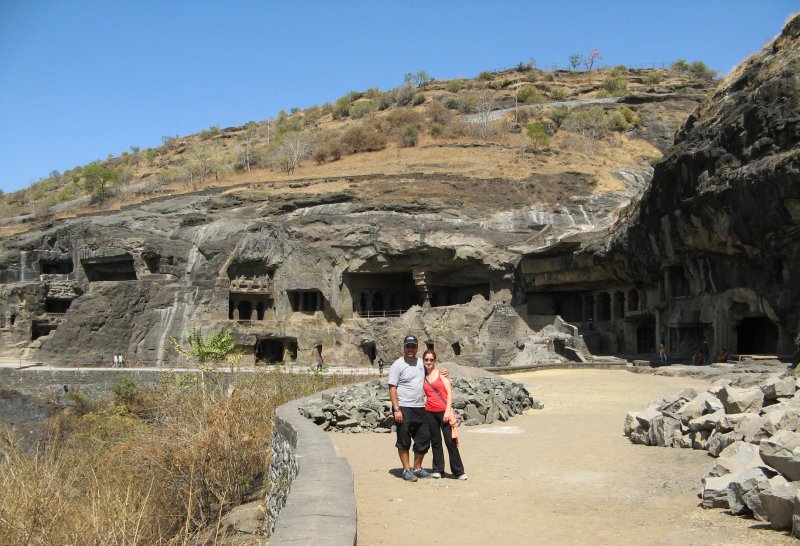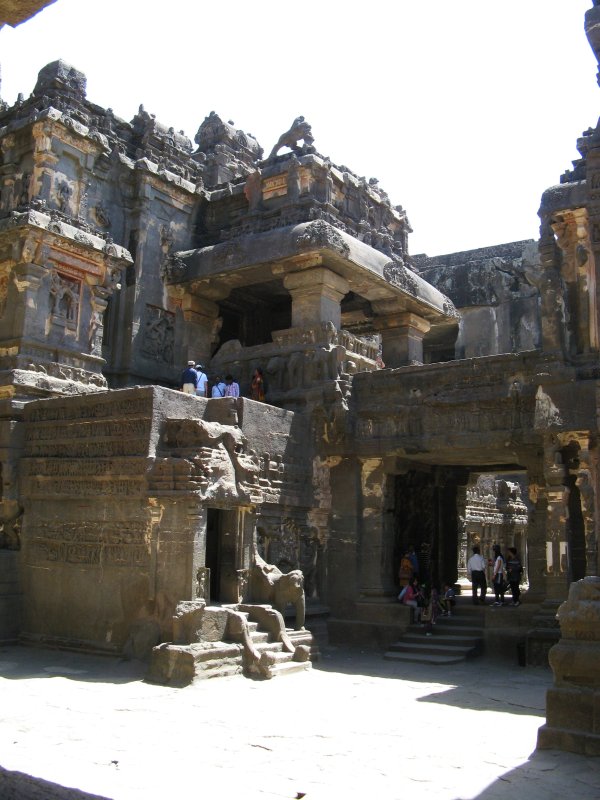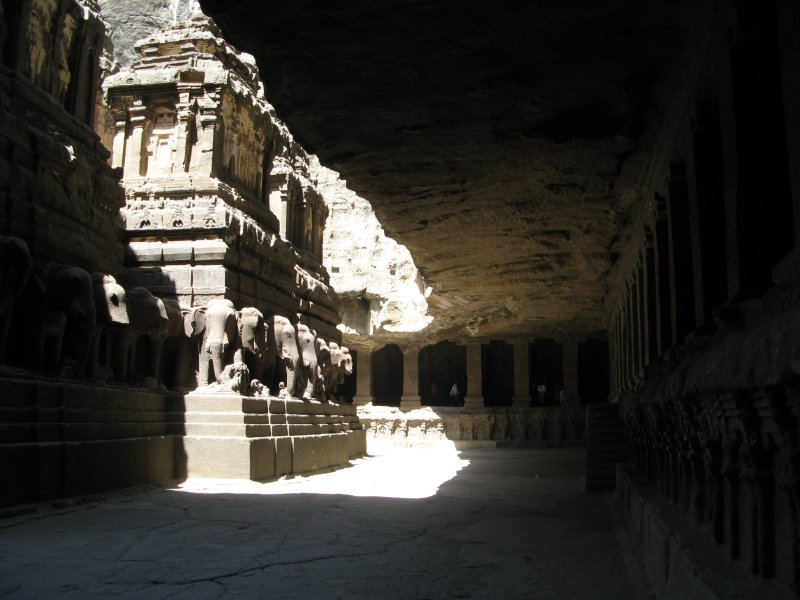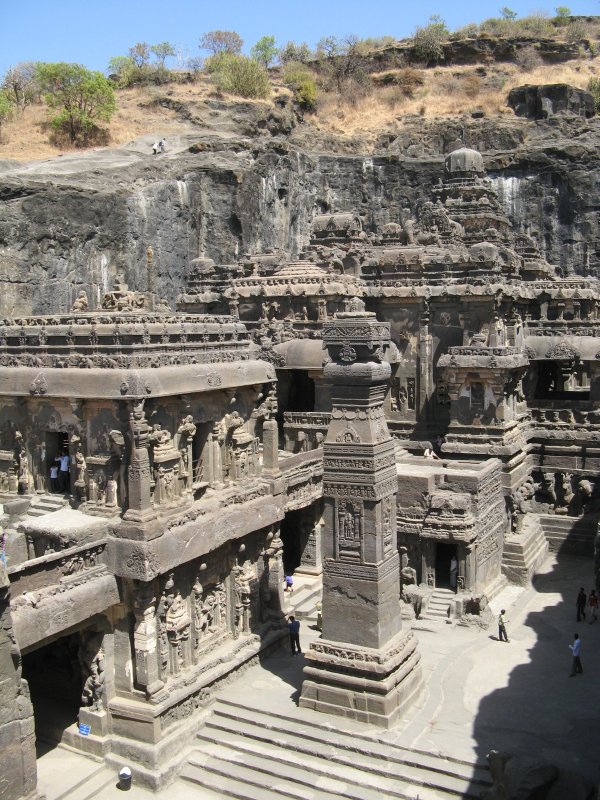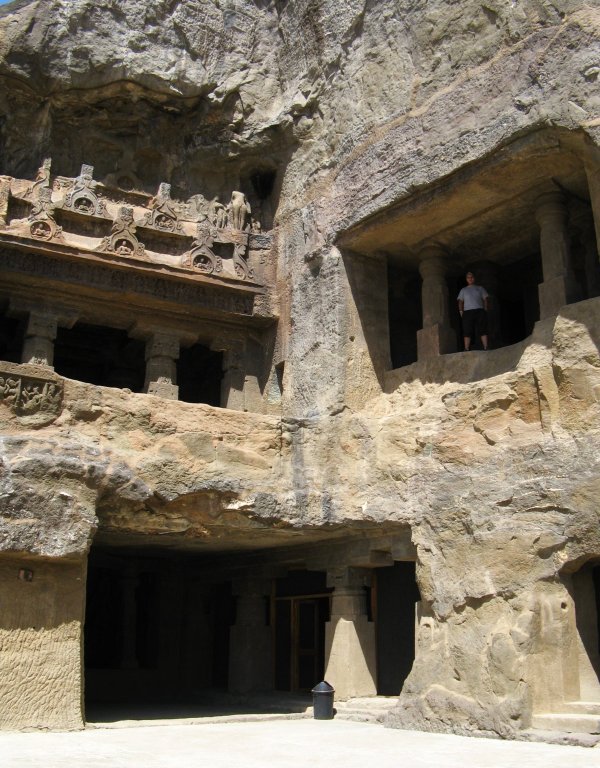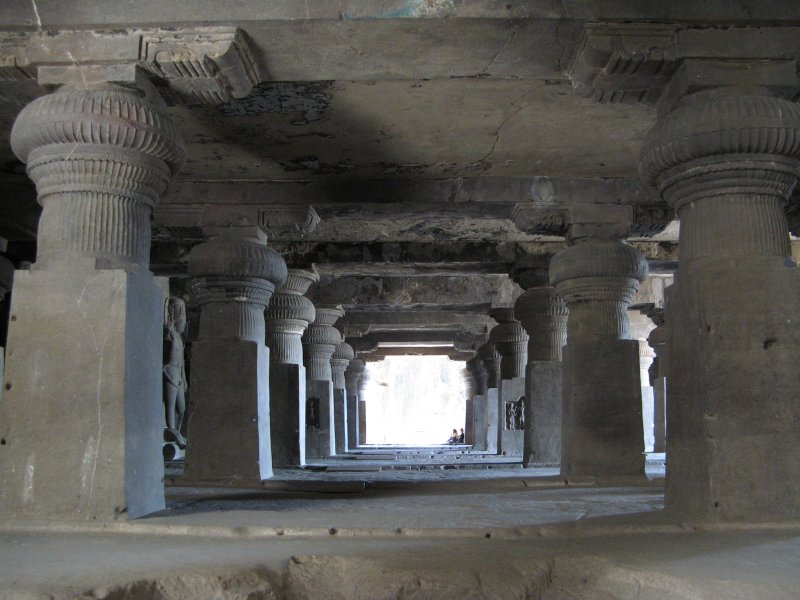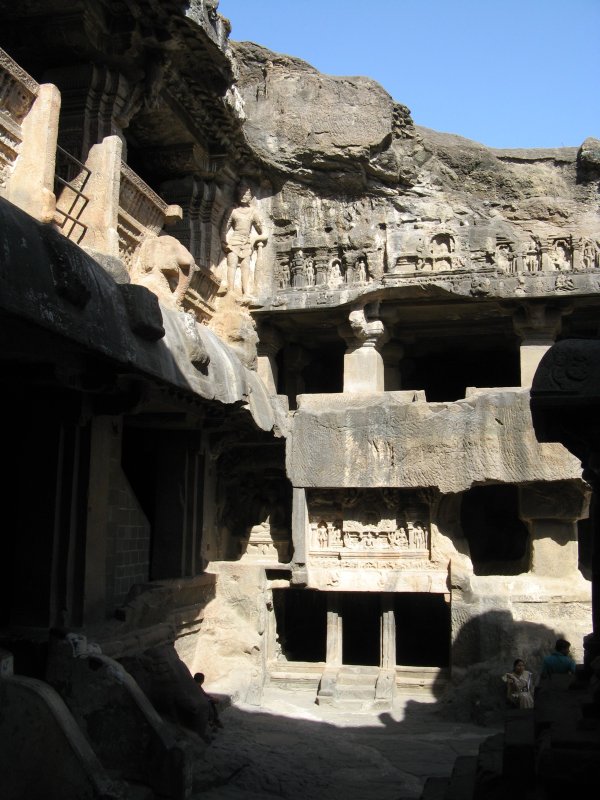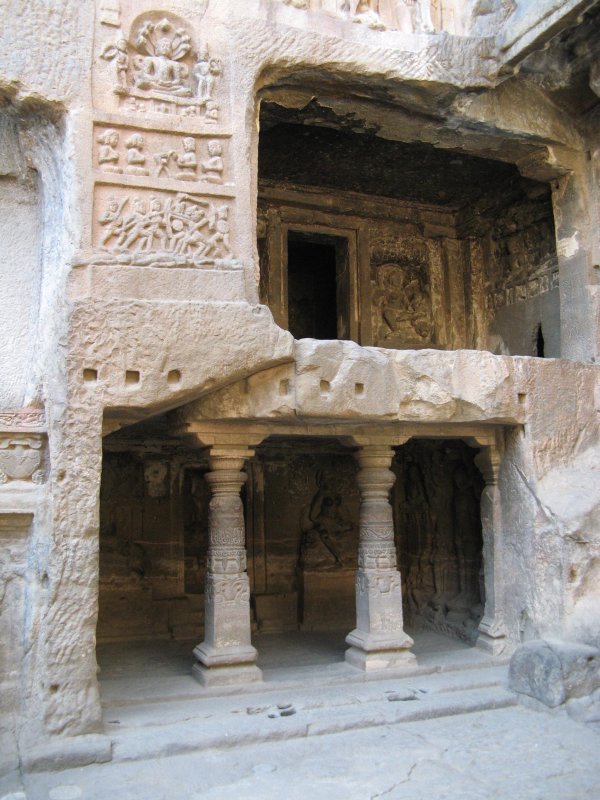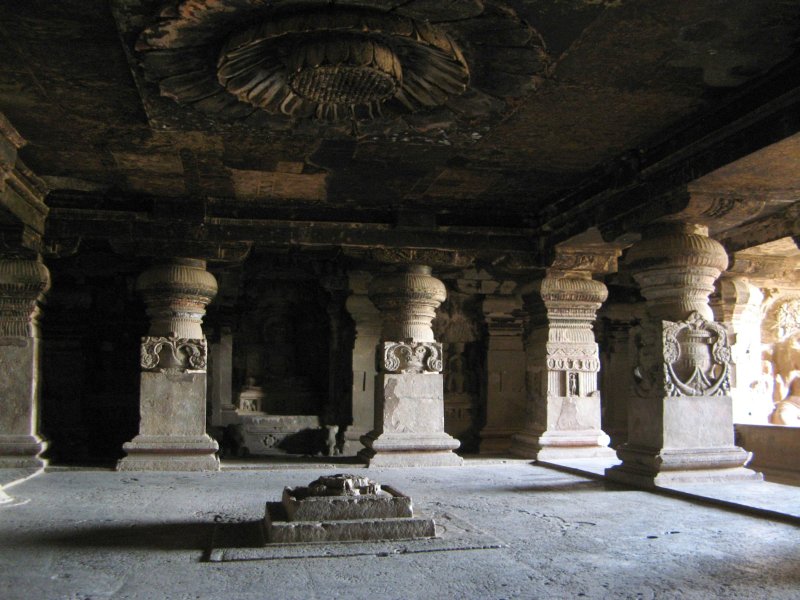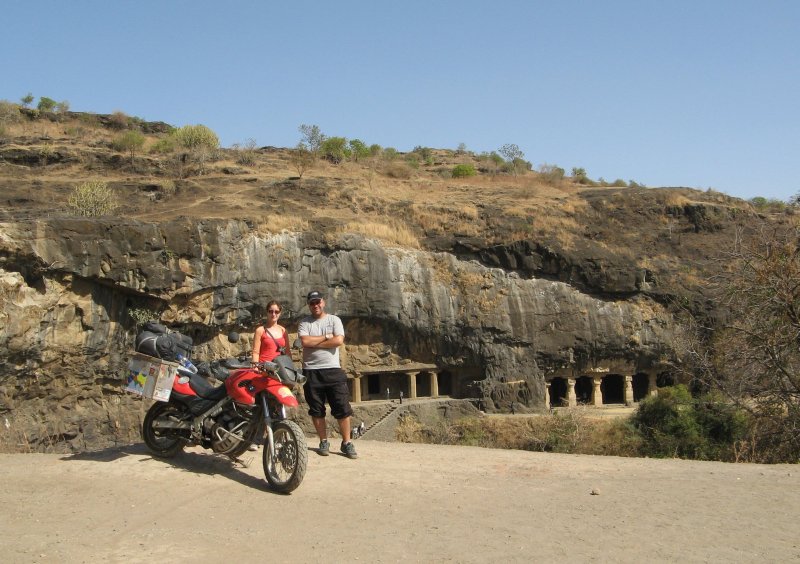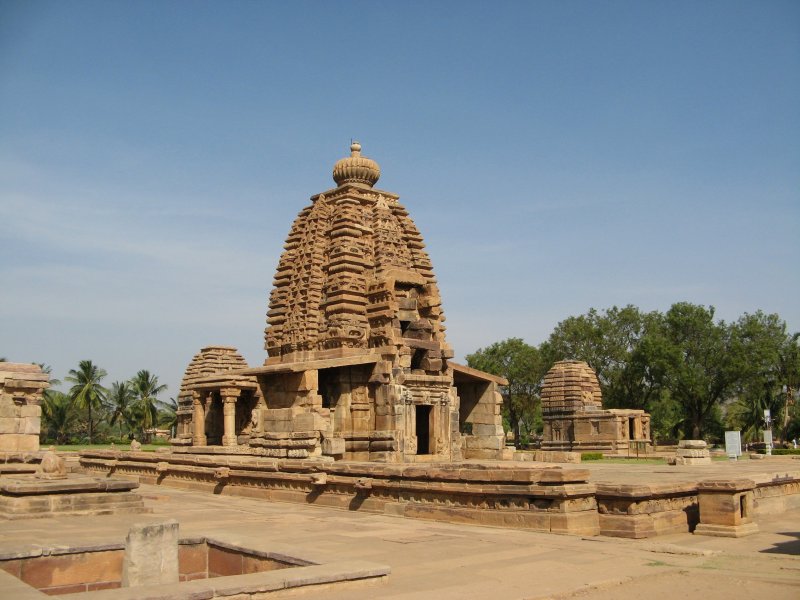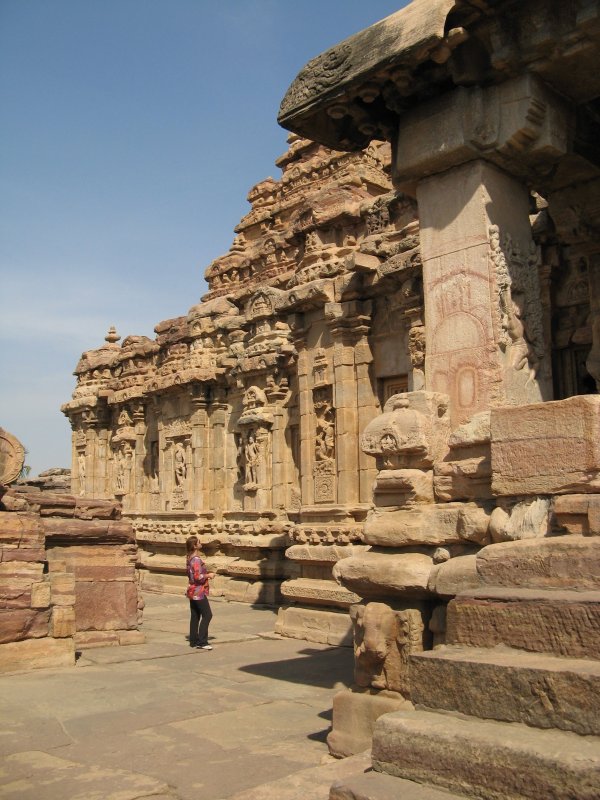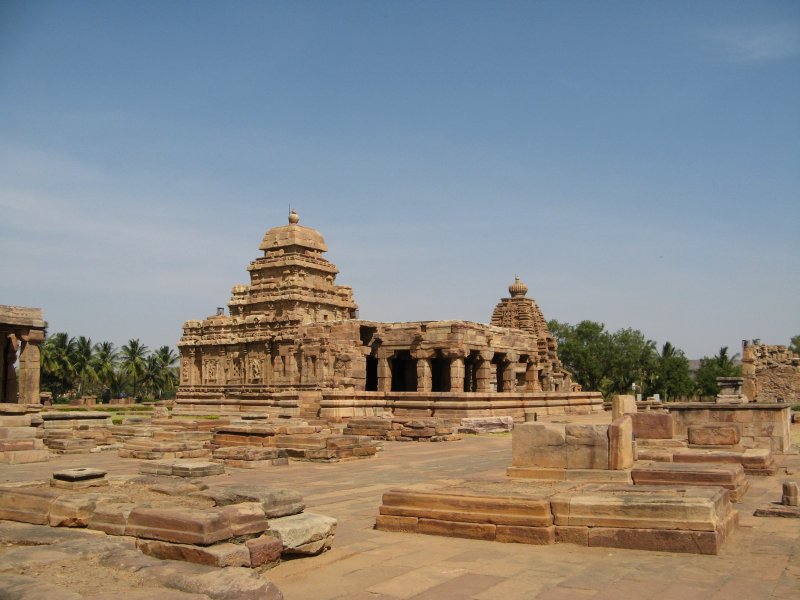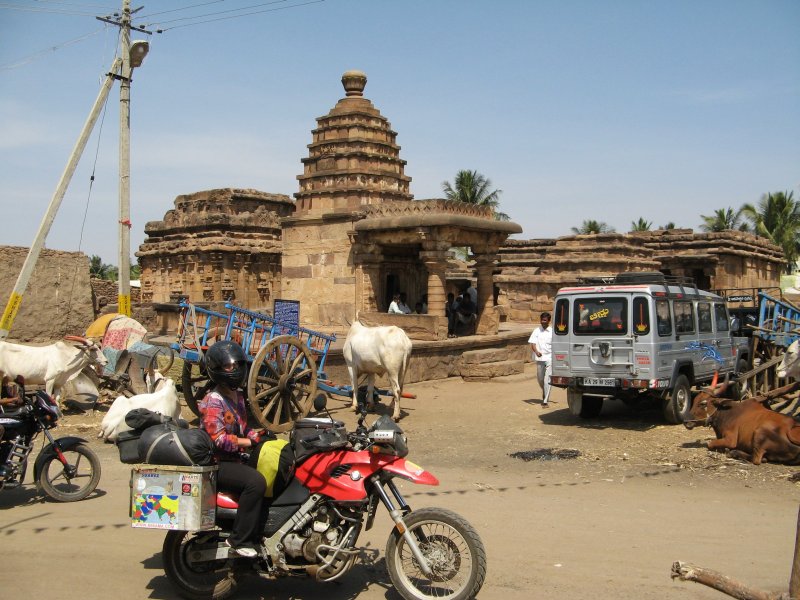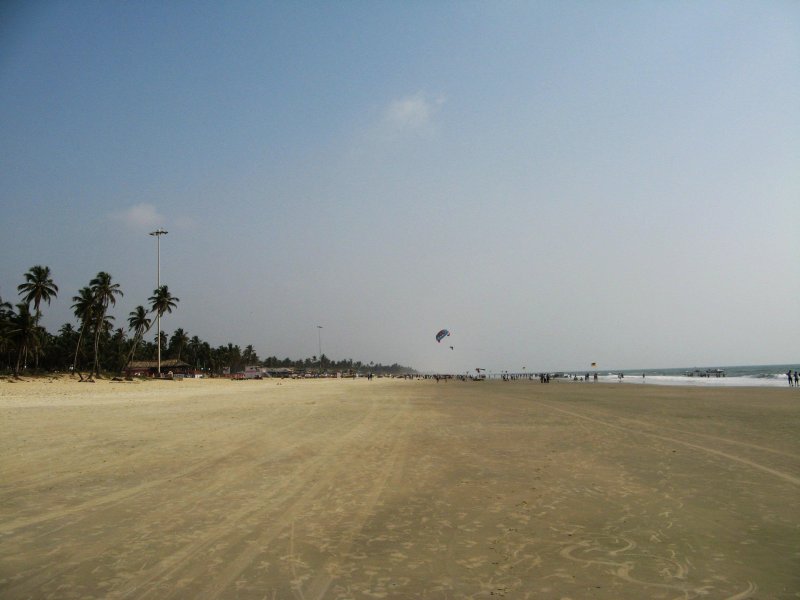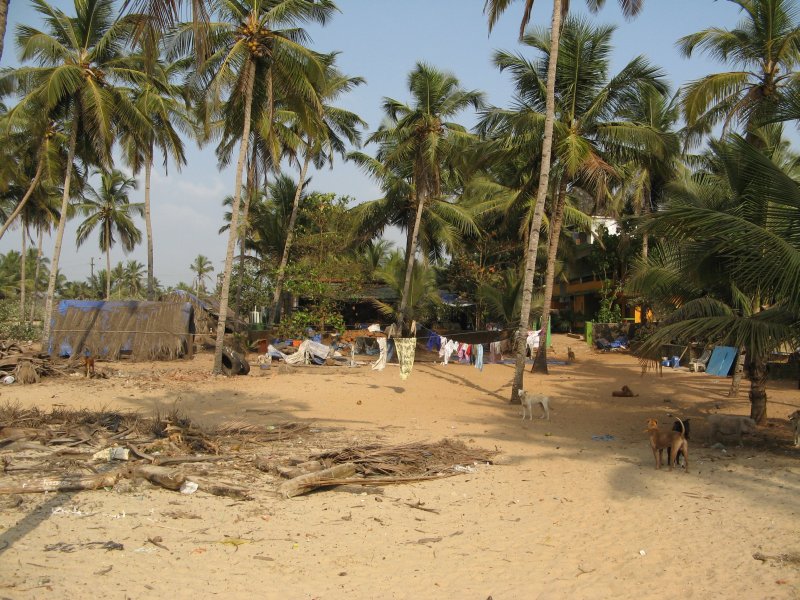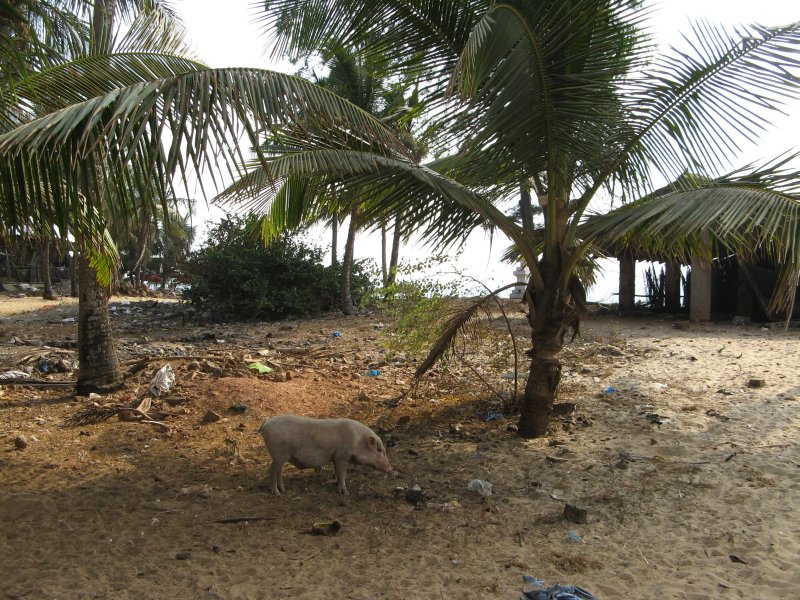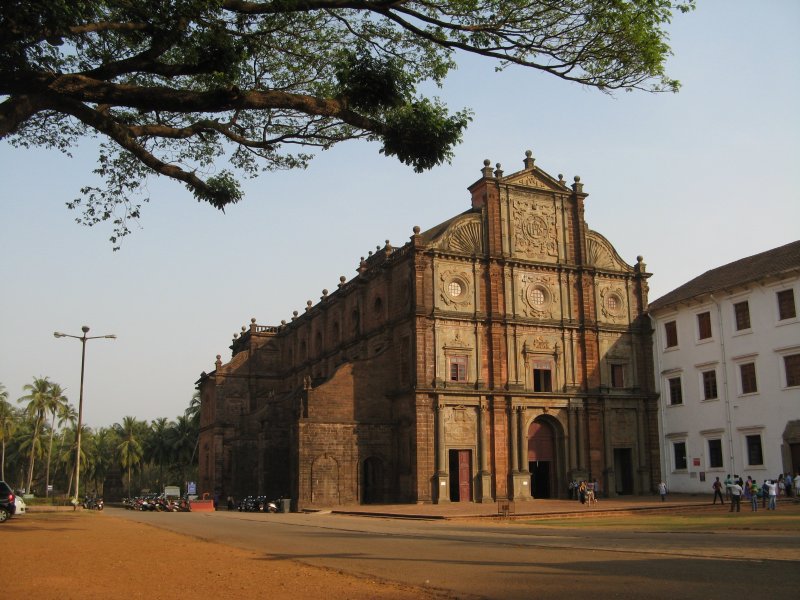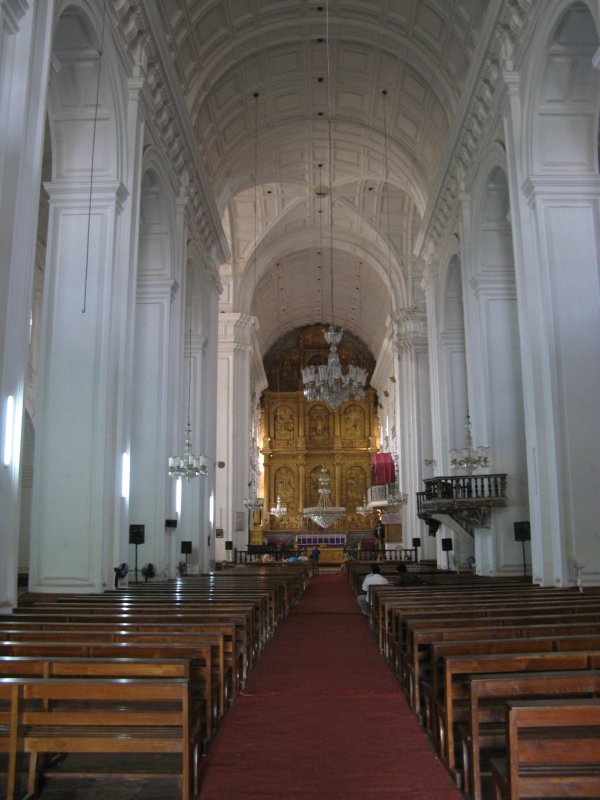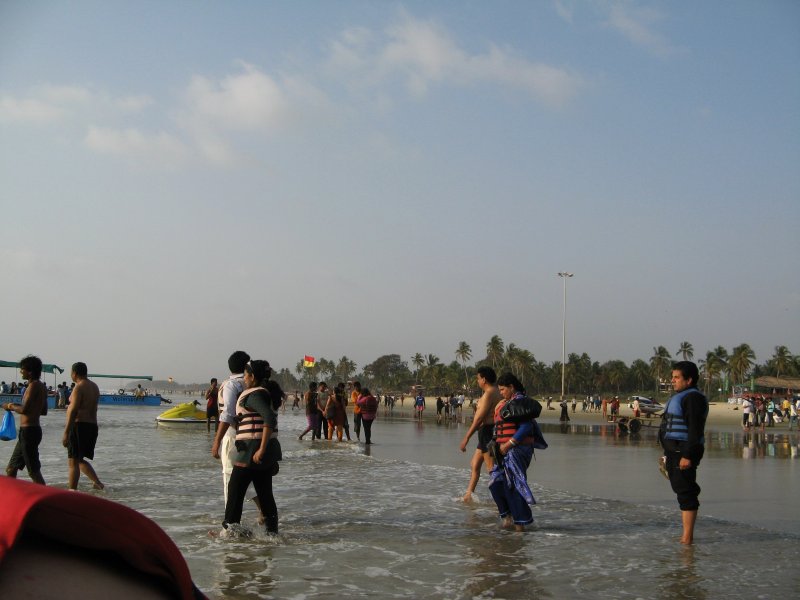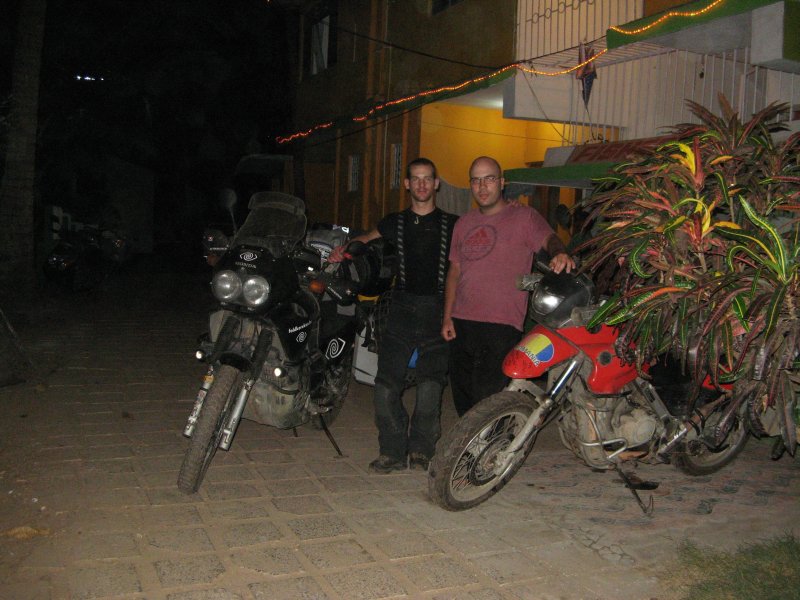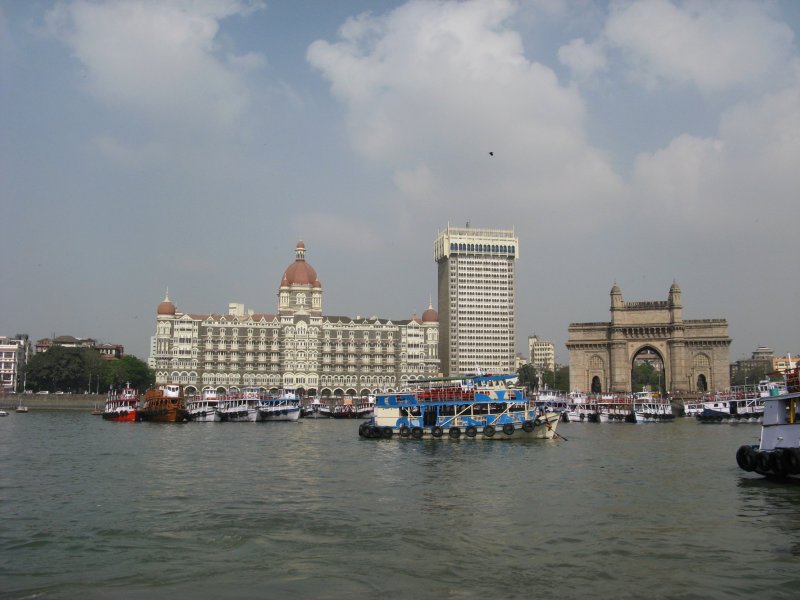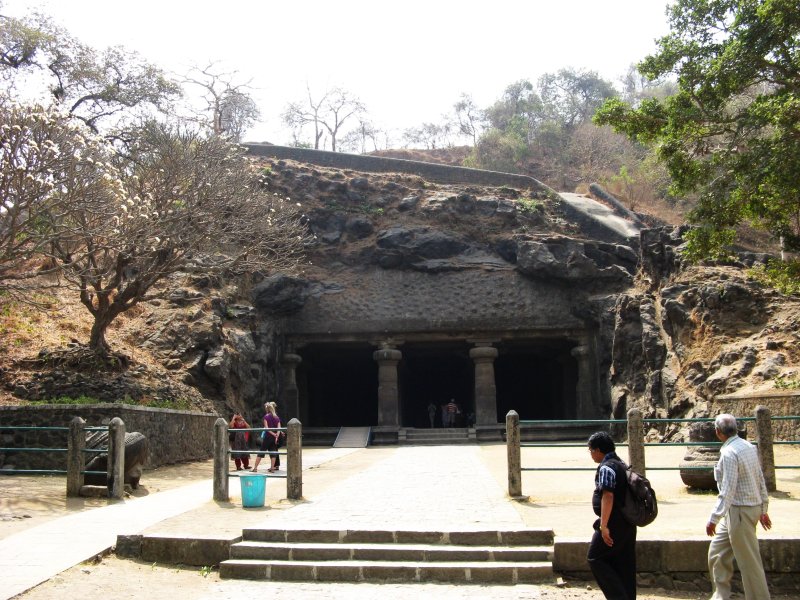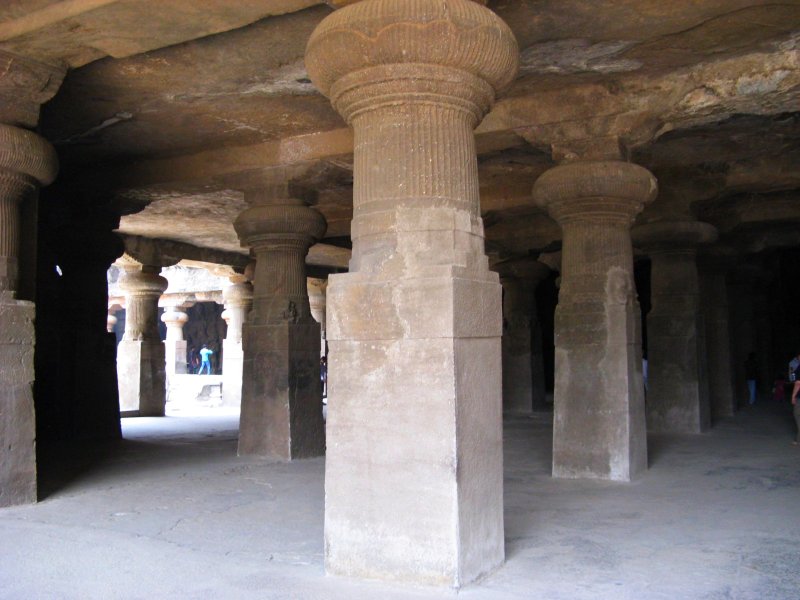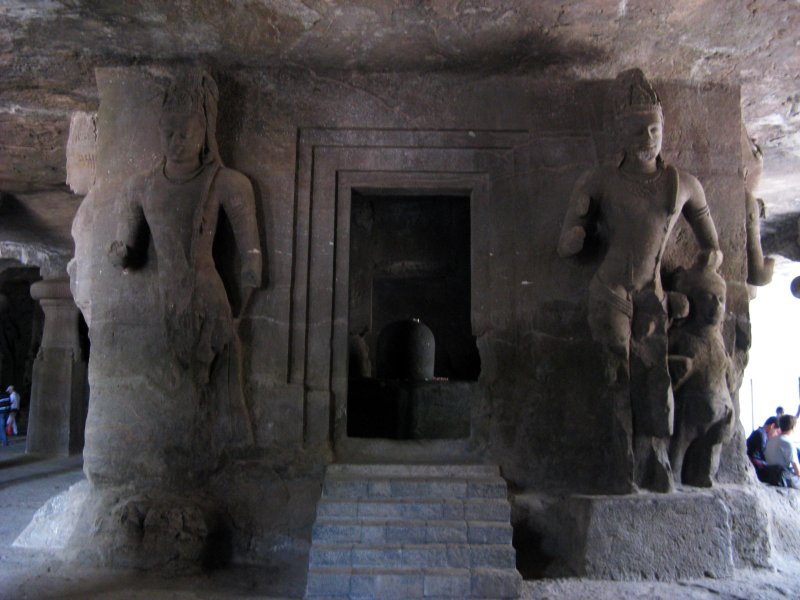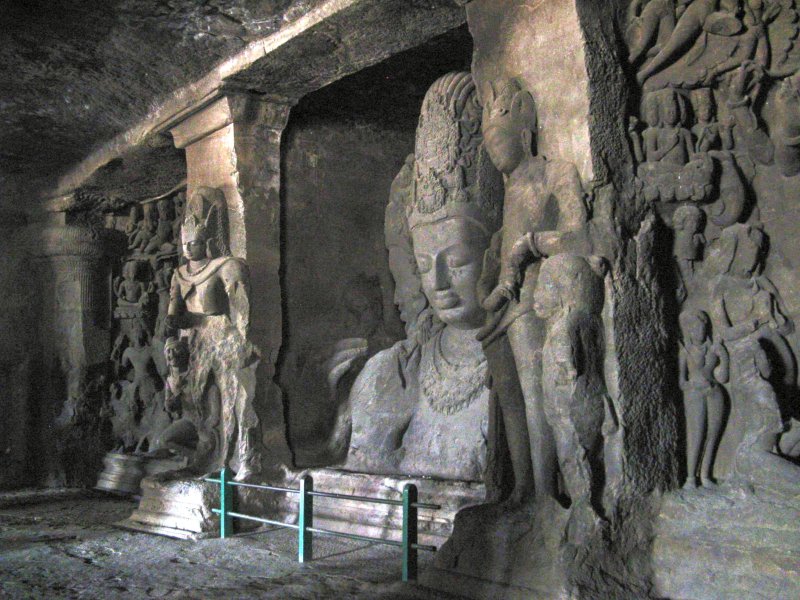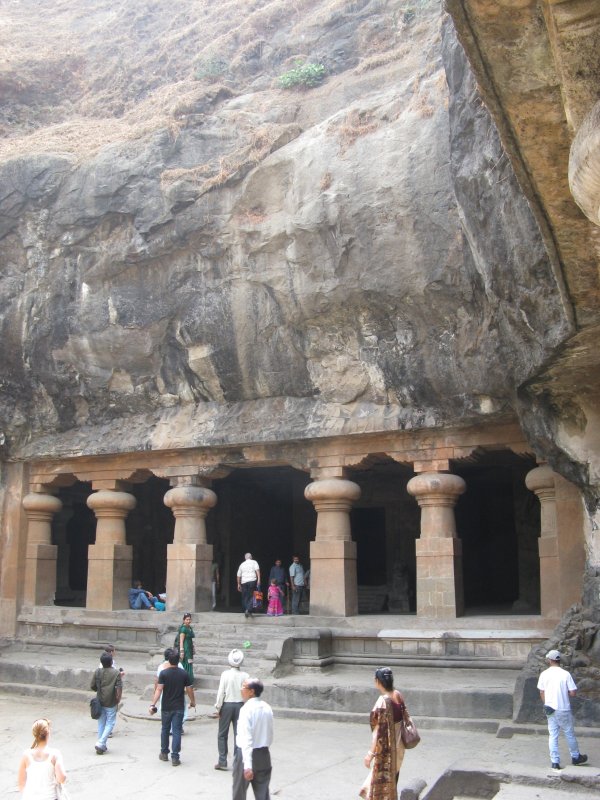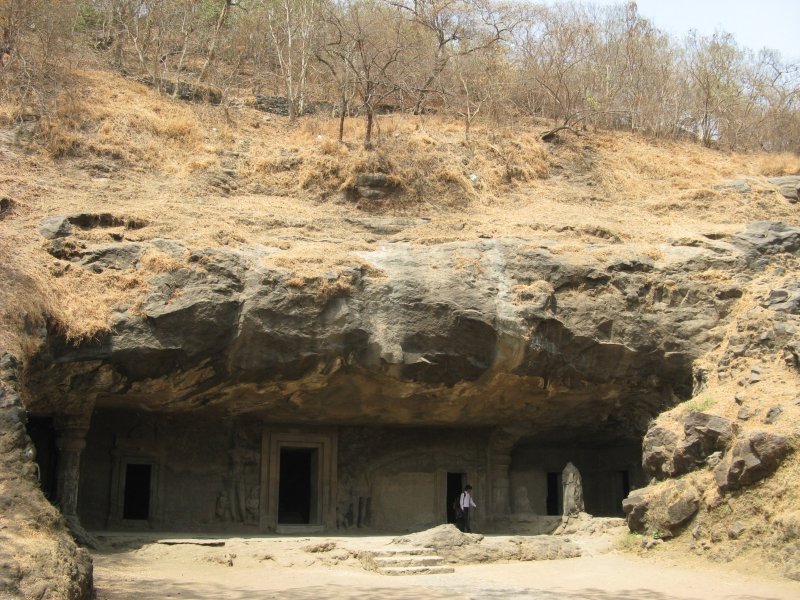After almost one month in India we haven’t found one neat&clean-yet-affordable-place-to-sleep-for-the tired-traveller. First, we learned that “hotel” in Indian English does not mean “hotel” as you know it (unless you are in a tourist spot) but a place to eat!!! And the actual hotel is called “lodge”.
In India there are three kinds of hotels: very expensive, dirty and very dirty. So we got used to accept any place as long as it doesn’t smell too bad and we can persuade the staff to replace the bed sheets (which they claim are already changed but are usually filthy). Apart from one very cute place in Kurseong, near Darjeeling, no hotel had running hot water. Wi-fi Internet or room mini refrigerator, so common from Vietnam to Nepal (and in South America), are uneard of in India. Dust is usually in thick layer and walls are in desperate need of repair and painting. The hotel in Caclutta was no exception, as we were hoping.
One unusual feature in Indian hotel rooms is the number of electrical switches. While a normal hotel room should have 4-5 switches, the average room in India has at least 12. The record was 20 (all those pictured are from the same room, in Bombay). So I have to keep my flashlight handy just in case I need to use the bathroom in the night time, since there is no indication as to which switch switches what.
